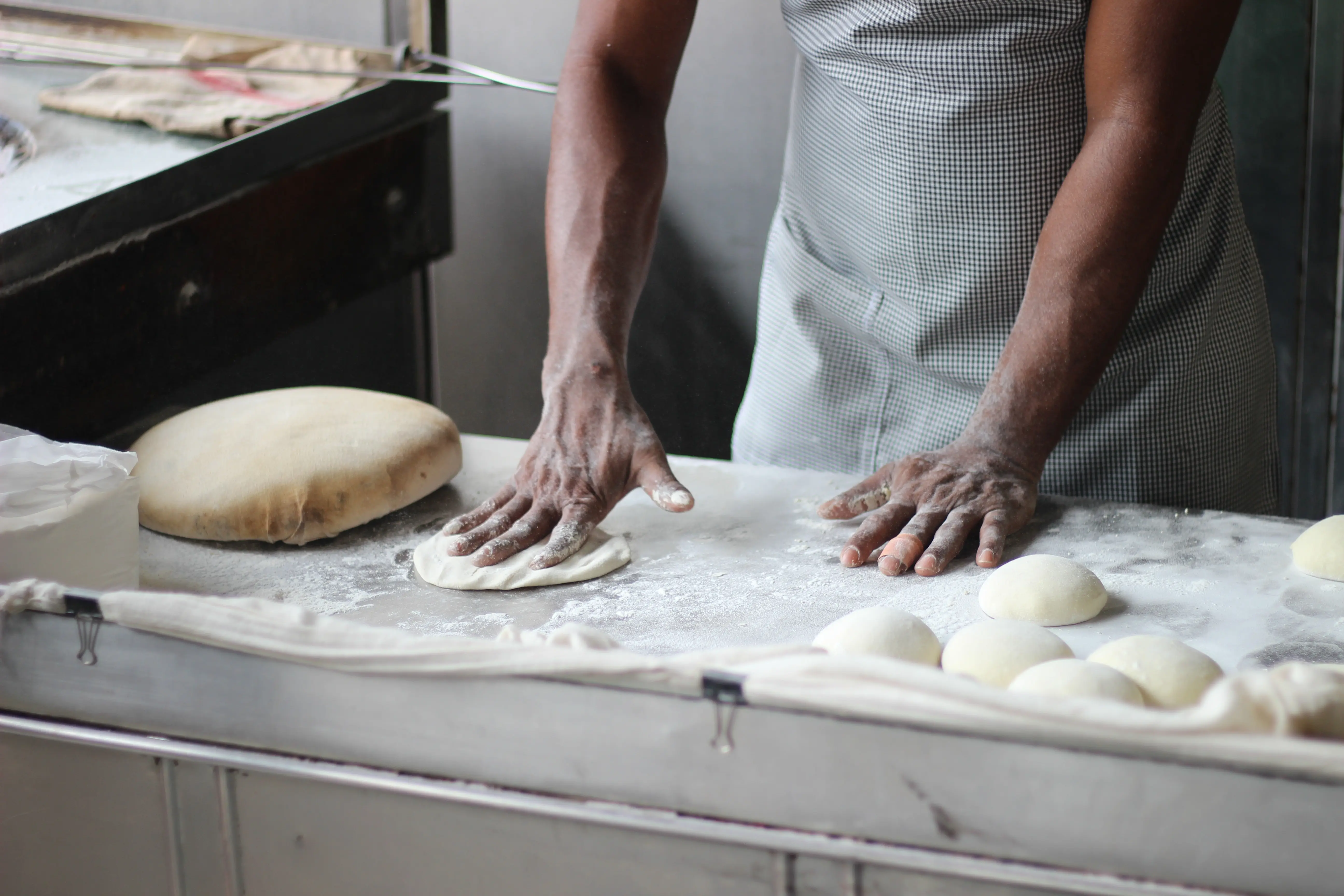Sample by My Essay Writer
Prevention Strategies
The first strategy to prevent this dreadful condition is to avoid dusts or to be an arm’s length from the polluted places which are replete with dusts. Sometimes some things also produce dusts, for example, when you clean wheat, certainly there you will get polluted dusts, so you should avoid from such places. Flour dusts also create asthma, so it would be better for Bakers’ workers to avoid them. Other precautions may be as such:
One approach to reducing asthma disparities is through the traditional disease prevention-stages. Primary prevention targets reductions in asthma incidence, secondly prevention is the mitigation of established disease and involves disease detection, management and control, and tertiary prevention is the reduction of complications caused by serve disease (Tarlo et al., 2001). Once causation factors at each level of disease-prevention are understood, this knowledge can be translated into clinical practice and public health policy. It is paramount to distinguish race as a risk maker as oppose to a risk factor
Primary Prevention:
Primary prevention is the ideal form of preventing Baker’s asthma. In this form of prevention, the workers do not get in touch with asthma causing agents. It is known that the causes of asthma cannot be totally eliminated from the workplace; however, protection can be provided. The introduction of sensitizers should be totally eliminated, or any alternate should be sought for. For eg: The high-protein, powdered gloves can be replaced with non powdered, low protein gloves ( Ebo & Stevens, 2002).
At the workplace, respiratory protective devices should be used. The primary prevention method also includes educating workers with the use of devices, performing fitment tests, and providing guidance for safer practices (Bernstein,2002). There can be several programs and trainings conducted for work related asthma, risks, and prevention.

Primary prevention of asthma has been possible with technological advances like digital photography, radiography with changes in digital imaging. Other change related to medical sciences is avoiding the use of glutaraldehyde for sterilization (eg, of endoscopes) to alternate less potent agents, like ortho-phthalaldehyde. The less potent agent reduces the risk of exposure.
Another example of avoiding a sensitizer is the replacing unnecessary NRL gloves with vinyl gloves for food handlers and cleaners/hospital housekeepers.
Production method of NRL gloves being changed, so that the proteins can be leached, and powder can be reduced from gloves with other preventive measures have been associated with reduced NRL allergy and asthma among health care workers. Reduced rate of allergy could also be explained with examples of laboratory animal workers.
Similarly, use of robotics in enclosed settings could also be a form of method to reduce exposure of human to sensitising agents. The painters can use spray painting method with paints having diisocyanates. If the use of these agents cannot be totally avoided, then the protective respiratory equipments, gloves, protective environment should be made available to the workers. The worker should also be properly educated. The workers who have not been properly educated have been found more affected than those who were aware of using the preventive measures (Allmers, Schmengle, & John, 2004).







